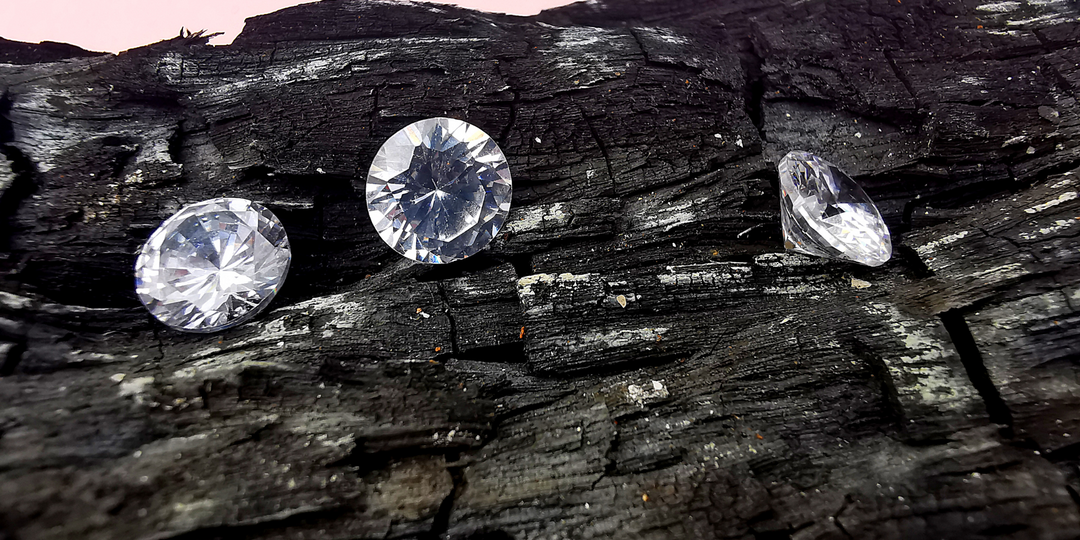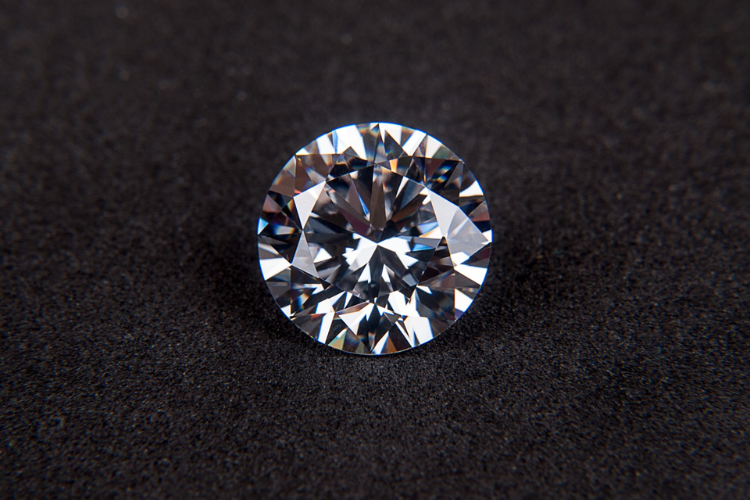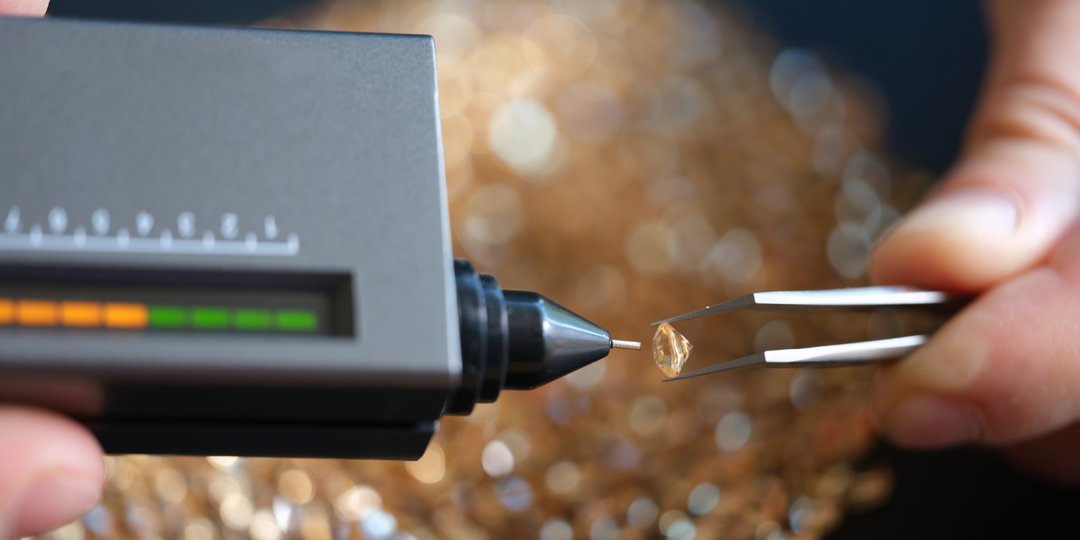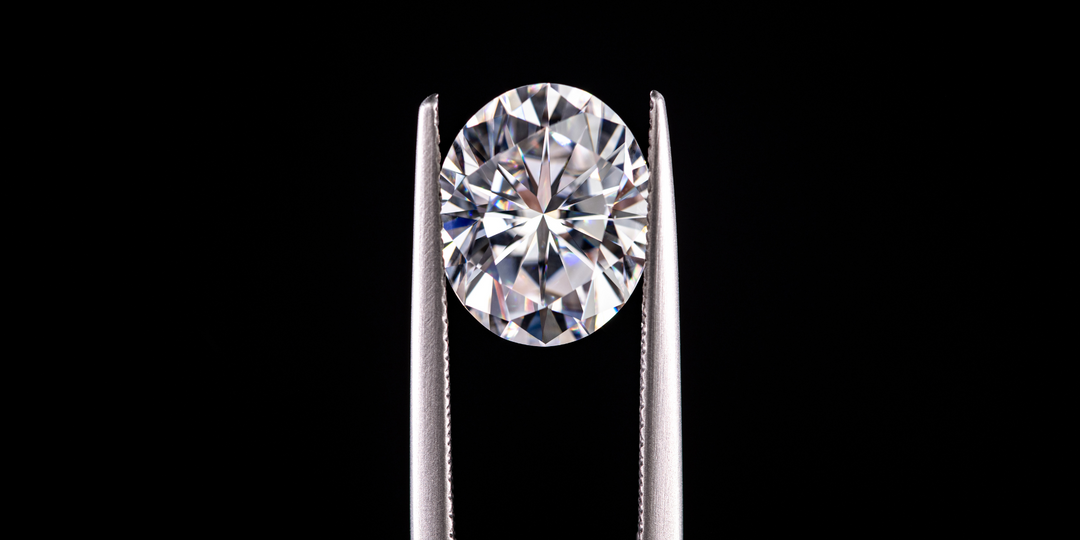How Are Lab Grown Diamonds Made?
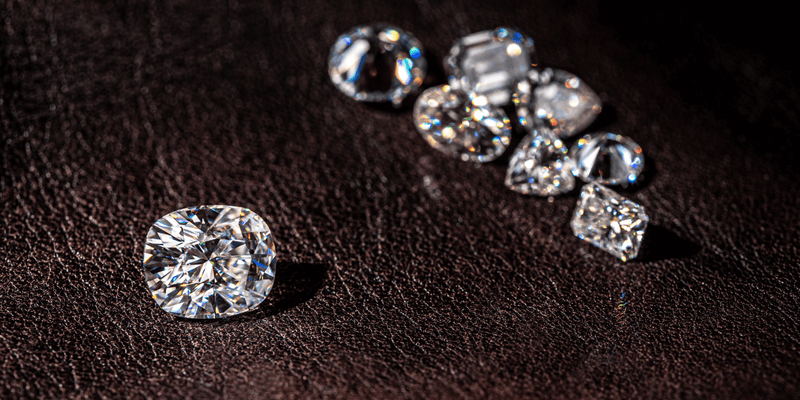
How Lab Grown Diamonds Are Grown in Lab?
Lab-grown diamonds are man-made diamonds created in labs using advanced technology that mimics how natural diamonds form. They start with a small diamond piece called a seed, which grows into a full diamond under high heat and pressure, just like in the Earth.
These diamonds look and feel just like natural ones but take only weeks to make instead of billions of years. They’re better for the environment and don't involve the same ethical issues as mined diamonds, making them a nice option for those who care about these things.
Several countries, including India, the United States, Russia, and China, are producing lab grown diamonds. These nations are the leading producers in this industry.
Recently, a huge lab grown diamond, weighing 16.41 carats, was made by a company in Shanghai and verified by an expert diamond organization. This shows how advanced and capable this technology has become.
What is The Science Behind Lab Grown Diamonds?
The creation of lab grown diamonds is rooted in science. By mimicking the natural environment in which diamonds form, scientists can produce real diamonds with the same physical, chemical, and optical properties as natural diamonds.
Lab grown diamonds are composed of pure carbon, just like natural diamonds. They exhibit the same hardness, brilliance, and fire. The key difference is the environment in which they are formed. Let’s take a closer look at the two methods used to grow diamonds in a lab.
The High-Pressure High Temperature (HPHT) Method
The HPHT method is one of the oldest ways to make synthetic diamonds. These diamonds are made by scientists and engineers in a lab, simulating the extreme heat and pressure of the Earth’s mantle. Synthetic diamonds have ethical, environmental and economic benefits, including traceability and lower carbon footprint compared to natural diamonds.
| Step | Description |
|---|---|
| Step - 1 | A small existing diamond is placed in a cube. |
| Step - 2 | The cube is subjected to pressure similar to the Earth’s surface. |
| Step - 3 | Electric pulses generate heat in the cube. |
| Step - 4 | Heat and pressure cause the carbon to crystallize. |
| Step - 5 | After a few weeks, approximately a month, a rough lab diamond is formed. |
| Step - 6 | The rough diamond is cut with laser precision and polished using traditional methods to shape it. |
| Step - 7 | The HPHT diamond is sent for certification where GIA graders evaluate the cut, color, clarity, and carat weight, verifying its lab creation through the HPHT process. |
Advantages of HPHT
HPHT diamonds are known for their high clarity and color quality. This method is often used to create larger diamonds and is capable of producing diamonds with fewer inclusions. HPHT diamonds are also more affordable to produce, making them accessible to a broader range of consumers.
Also Read
The Chemical Vapor Deposition (CVD) Method
The CVD method is a more recent innovation in lab grown diamond production, offering significant benefits over mined diamonds, such as sustainability, affordability, and ethical sourcing. This method involves growing diamonds from a gas mixture in a controlled environment.
| Step | Process Description |
|---|---|
| Step - 1 | Select a 300-micron thick, 10x10mm diamond slice, usually lab-created, and clean it to remove surface defects. |
| Step - 2 | Place the cleaned diamond slice into a sealed chamber to prevent contamination by outside gases. |
| Step - 3 | Introduce carbon-rich gas into the chamber and heat it to extremely high temperatures. |
| Step - 4 | Optionally, add nitrogen to speed up the process, which may cause a yellow tint to the diamond. |
| Step - 5 | The gas breaks down, coating the diamond slice and forming strong bonds over several weeks, increasing carat weight. |
| Step - 6 | The rough lab diamond, resembling a square cube, is precision cut with lasers and traditionally polished. |
| Step - 7 | The CVD diamond is certified by organizations like GIA, evaluating cut, color, clarity, and carat weight. |
Advantages of CVD
CVD diamonds are prized for their high purity and ability to be produced in a variety of shapes and sizes. This method allows for precise control over the growth process, resulting in diamonds with fewer defects. Additionally, CVD technology is more energy-efficient and environmentally friendly compared to HPHT.
At CaratBee, we consistently source CVD diamonds, known for their superior purity and consistency. With fewer inclusions, they offer enhanced brilliance and are a more cost-effective choice compared to HPHT diamonds.
Differences Between HPHT and CVD Diamonds
| Key Difference | Lab Grown Diamonds | Natural Diamonds |
|---|---|---|
| Growth Environment | Created under high pressures and temperatures, mimicking the Earth’s mantle. | Grown in a vacuum chamber using a gas mixture and plasma. |
| Typical Production Time | Reaching the desired size through HPHT may take several weeks to months. | CVD diamonds generally grow more quickly than HPHT diamonds, often forming within a few days to a few weeks. |
| Influencing Factors | Size, desired properties, press efficiency | Size, desired properties, growth rate |
| Quality and Characteristics | Larger with high clarity, vibrant colors. | Incredibly pure with fewer inclusions, unique shapes, and sizes. |
| Fancy Colored Diamonds | Vibrant colors from high pressure, valued based on color intensity. | Colors can be controlled through the process, valued similarly. |
| Environmental Impact | Generally more eco-friendly than traditional mining. | More energy-efficient with a smaller carbon footprint. |
Conclusion
We love lab grown diamonds! They combine science and art, offering a sustainable and ethical alternative to mined diamonds. Whether HPHT or CVD, they shine just as beautifully as natural ones. If you care about the planet like we do, lab grown diamonds let us enjoy luxury without mining concerns. We're excited to explore the world of lab grown diamonds! We've gathered a selection of gorgeous stones, each with its own story. Let’s dive into the future of fine jewelry and connect with fellow lab grown diamond enthusiasts!



